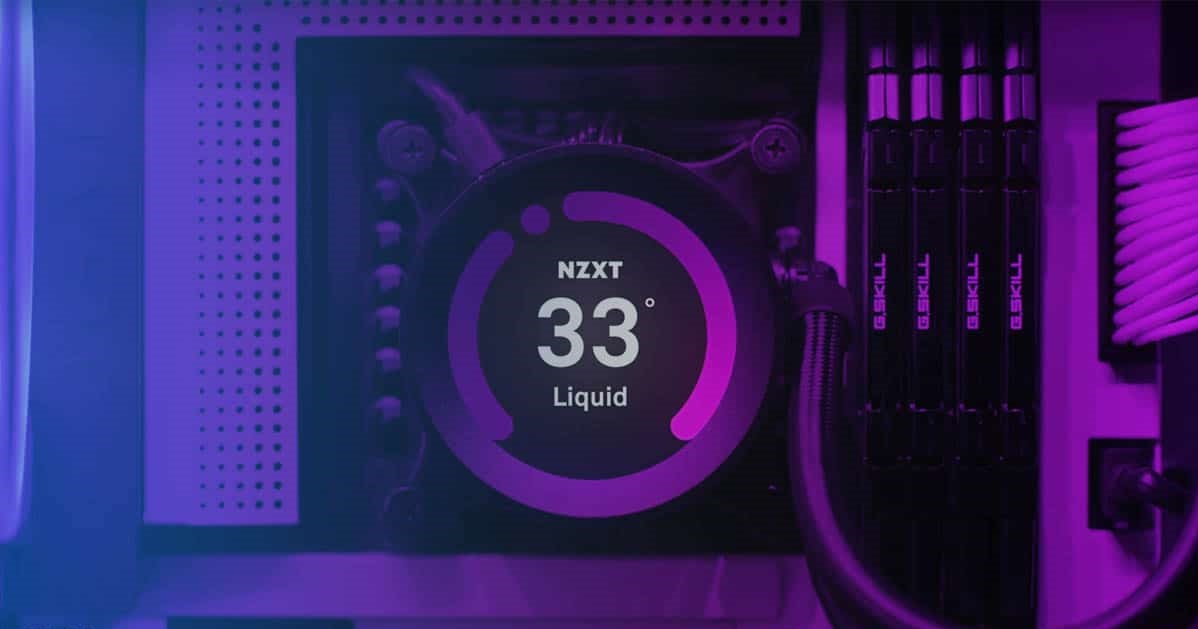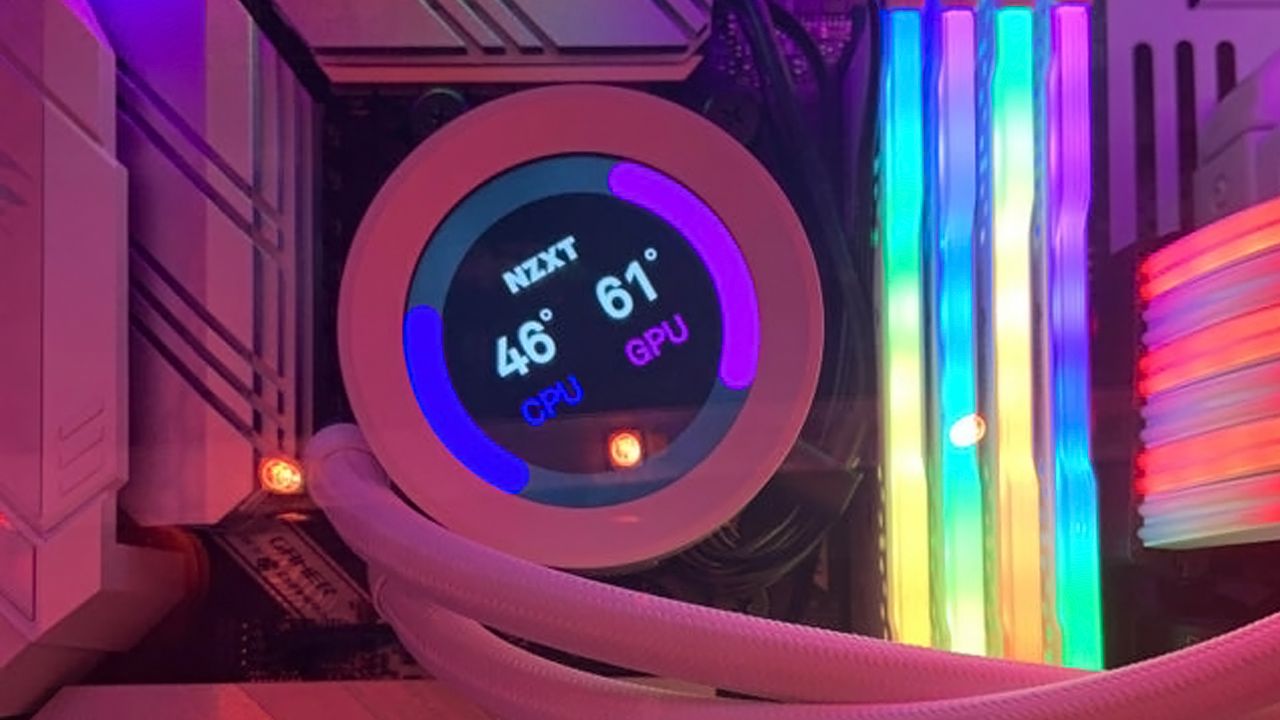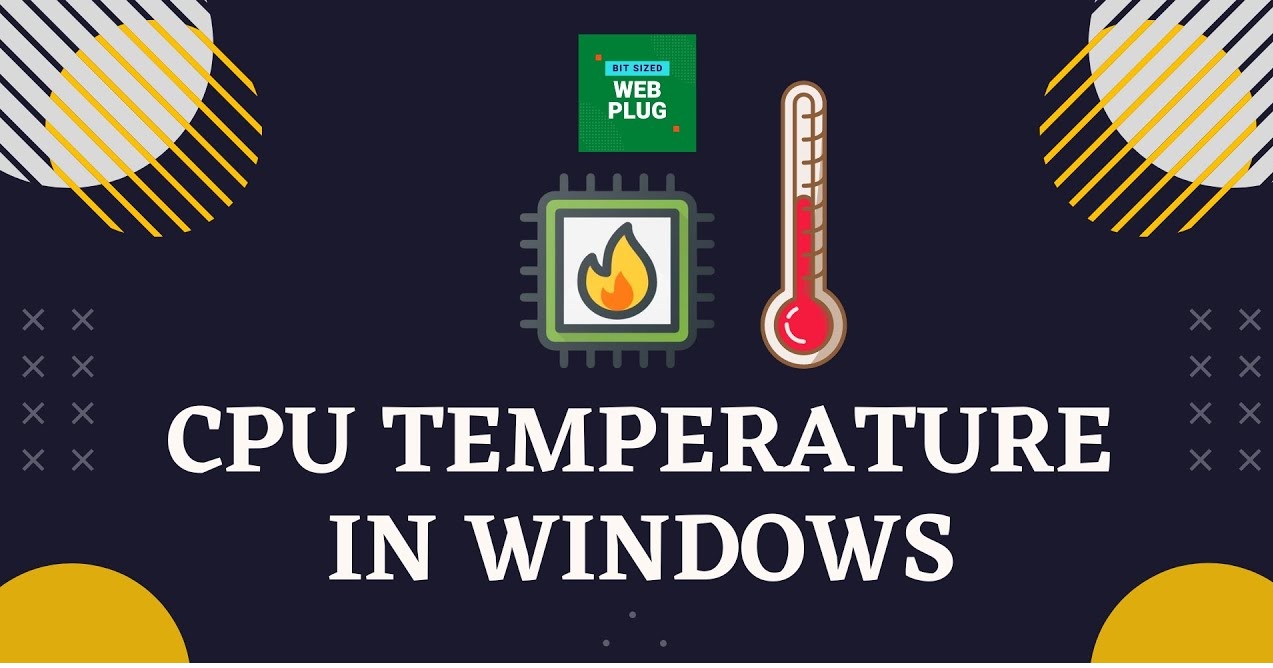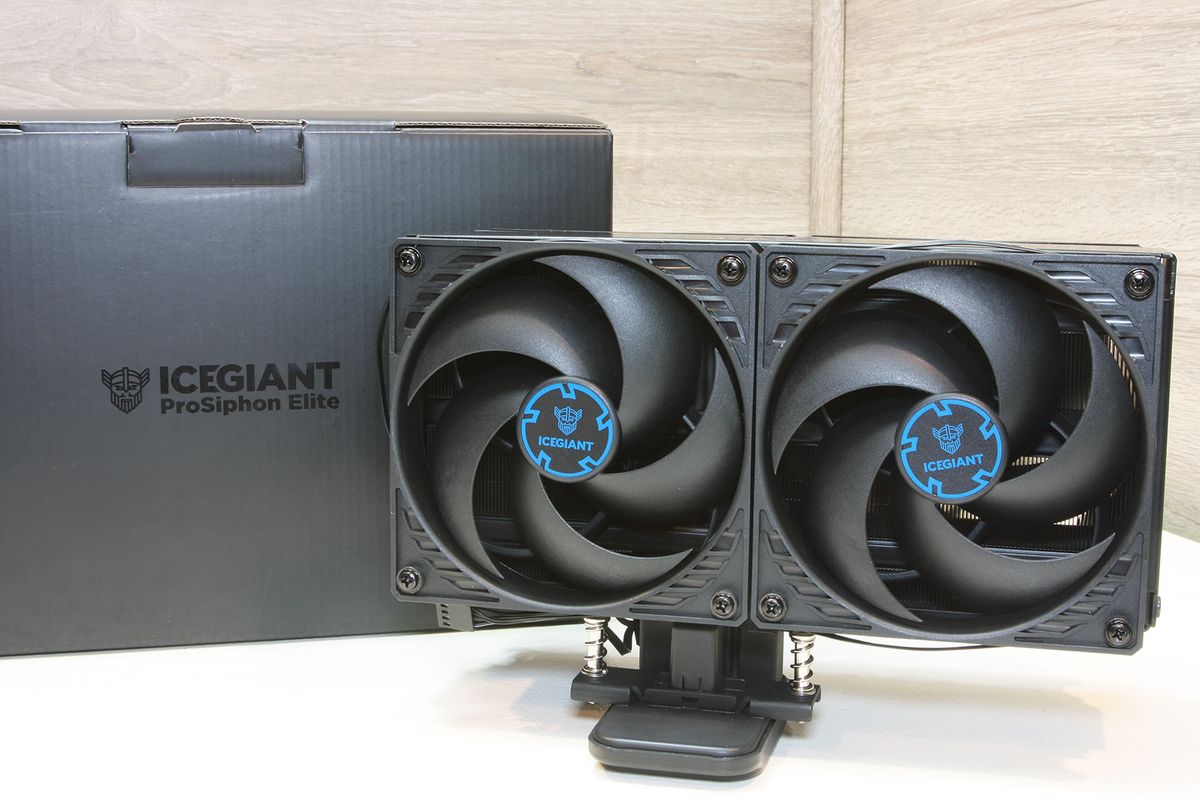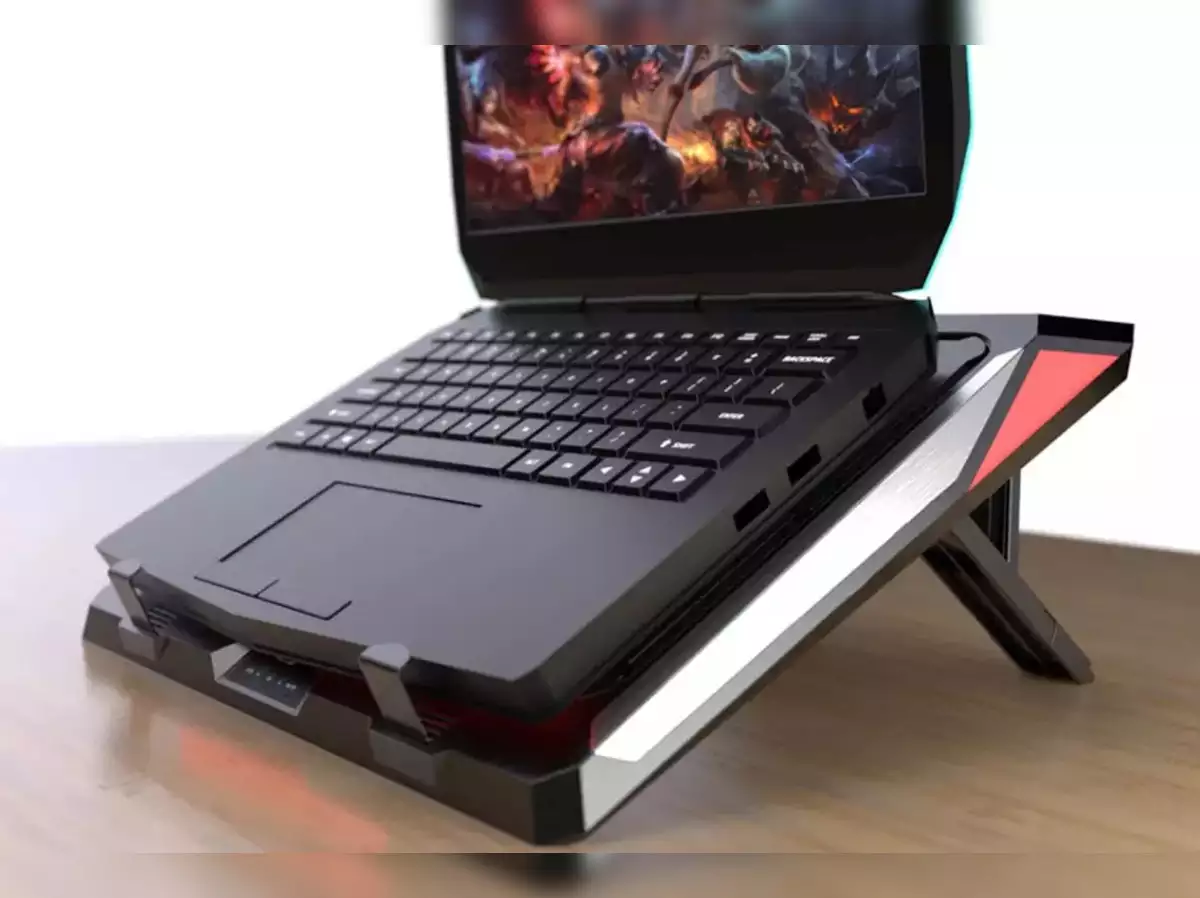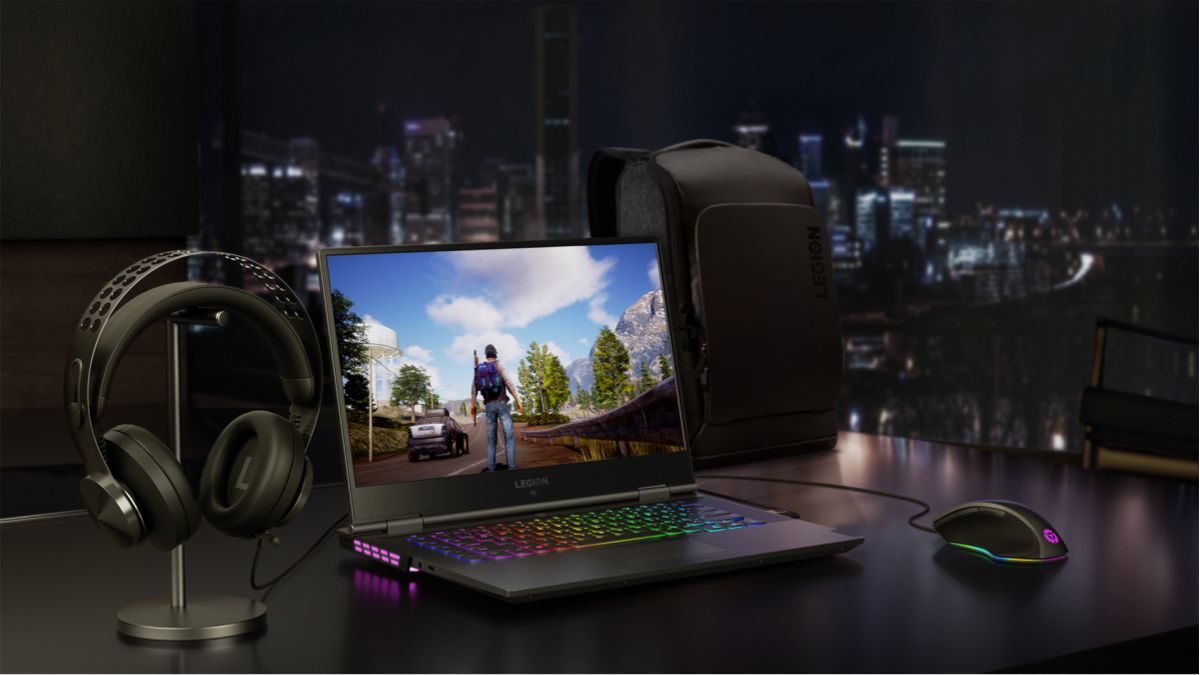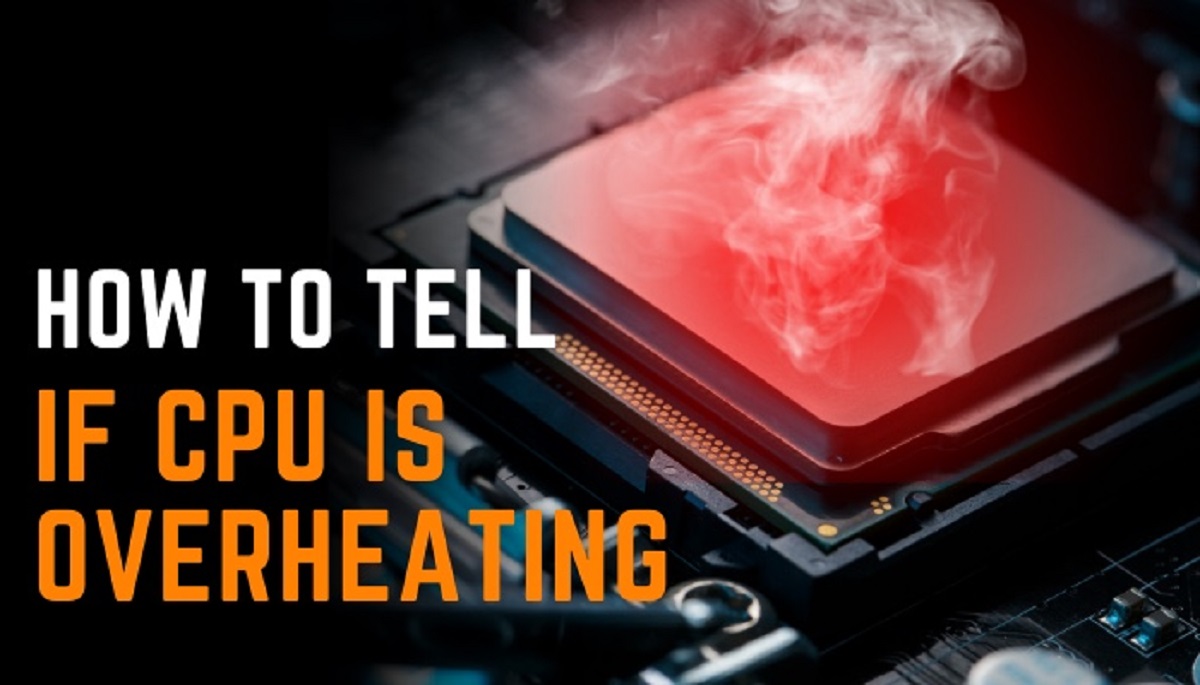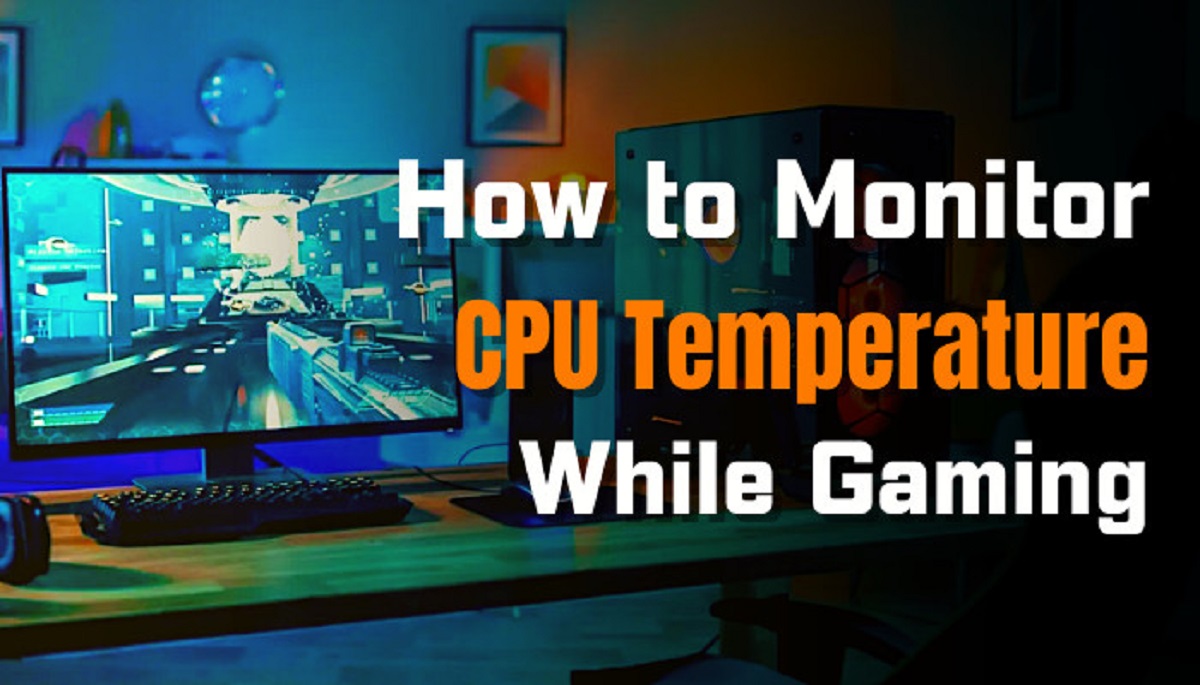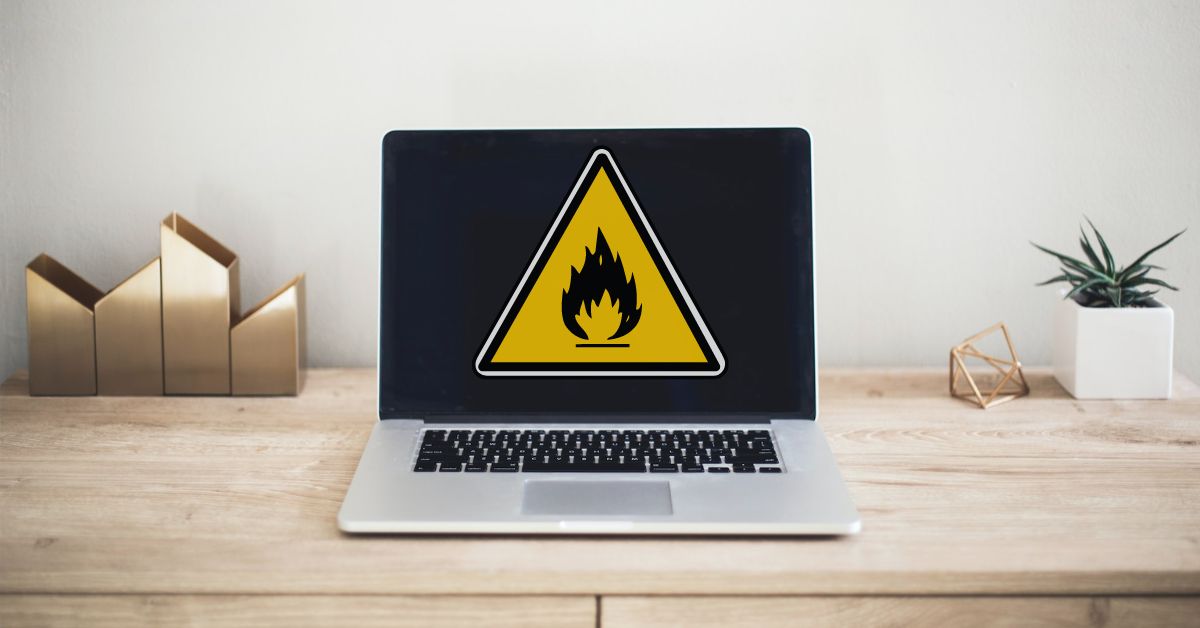Introduction
When it comes to optimizing your computer’s performance, monitoring the temperature of your CPU (Central Processing Unit) and GPU (Graphics Processing Unit) is essential. Understanding the ideal temperature ranges and knowing how to prevent overheating issues can help prolong the lifespan of your hardware and ensure smooth operation.
CPU and GPU temperatures refer to the heat generated by these components during operation. In a high-performance machine, these temperatures can rise significantly, which may lead to performance degradation, system instability, and even hardware damage if not properly managed.
This article aims to guide you on understanding and monitoring the temperature of your CPU and GPU. We will discuss the importance of keeping an eye on these temperatures, explore the ideal temperature ranges for optimal performance, identify factors that can affect the temperatures, discuss common overheating issues, and provide measures to mitigate them.
By the end of this article, you will have a clear understanding of the significance of monitoring CPU and GPU temperatures, as well as the steps you can take to protect your hardware investment and ensure your system runs smoothly and efficiently.
What is CPU and GPU Temperature?
CPU and GPU temperatures refer to the measurement of heat generated by the Central Processing Unit (CPU) and Graphics Processing Unit (GPU) of a computer system. These temperatures indicate how efficiently the CPU and GPU are operating and help determine if they are within safe temperature limits.
The CPU is often considered the “brain” of a computer, responsible for executing instructions and performing calculations. It generates heat as it processes data at high speeds. The GPU, on the other hand, is primarily responsible for rendering graphics and running complex visual tasks. Like the CPU, the GPU also generates heat under heavy workload.
Monitoring CPU and GPU temperatures is crucial because excessive heat can have detrimental effects on their performance and longevity. Continuous exposure to high temperatures can lead to thermal throttling, where the CPU or GPU reduces its clock speed to prevent overheating. This can result in a decrease in overall system performance.
Furthermore, if the temperatures exceed the safe limits, it can cause hardware damage. Overheating can degrade the lifespan of the CPU and GPU, leading to shorter lifespans and, in extreme cases, complete failure of the components.
By monitoring CPU and GPU temperatures, you can ensure that they are operating within safe limits, maximize their performance, and avoid potential hardware issues. In the next section, we will delve into the importance of monitoring these temperatures in more detail.
Importance of Monitoring CPU and GPU Temperature
Monitoring the temperature of your CPU and GPU is crucial for several reasons. Firstly, it allows you to ensure the efficient and optimal performance of your hardware. Operating components within their recommended temperature ranges enables them to function at their highest capacity, resulting in faster and smoother computing experiences.
Secondly, monitoring CPU and GPU temperatures helps prevent overheating, which can lead to system instability and potential hardware damage. High temperatures can cause thermal throttling, where the CPU and GPU automatically reduce their clock speeds to cool down. This impacts performance and can lead to frustratingly slow or laggy operations.
Furthermore, excessive heat can cause components to sustain long-term damage. Continuous exposure to high temperatures can result in the degradation of the CPU and GPU’s internal structures, affecting their lifespan and potentially necessitating costly repairs or replacements.
Monitoring temperature also plays a vital role in preventing unexpected shutdowns. If the CPU or GPU reaches unsafe temperatures, the system may shut down abruptly to protect itself from damage. These sudden shutdowns can result in data loss and interrupt important tasks or operations.
By monitoring CPU and GPU temperatures, you can take proactive measures to prevent overheating issues. Regularly checking these temperatures allows you to identify if any cooling systems or fans are malfunctioning, leading to high temperatures. You can address these issues promptly to maintain a stable and reliable system.
Moreover, monitoring temperatures is especially important for users who engage in resource-intensive activities such as gaming, video editing, or 3D rendering. These tasks put a heavy load on the CPU and GPU, causing temperatures to rise significantly. Keeping an eye on temperatures during such demanding activities helps prevent performance degradation and potential hardware damage.
In the next section, we will discuss the ideal temperature ranges for CPUs and GPUs, which will serve as a reference point for monitoring and maintaining optimal temperatures.
Ideal CPU and GPU Temperature
Knowing the ideal temperature ranges for your CPU and GPU is essential for ensuring optimal performance and preventing overheating issues. While specific temperature ranges can vary depending on the manufacturer and model of your components, we can provide general guidelines to help you monitor and maintain appropriate temperatures.
For CPUs, the ideal temperature range during normal operation typically falls between 40 to 70 degrees Celsius (104 to 158 degrees Fahrenheit). Modern CPUs are designed to handle higher temperatures, but sustained temperatures above 80 degrees Celsius (176 degrees Fahrenheit) may lead to performance throttling and potential hardware damage.
As for GPUs, the ideal temperature range is slightly higher compared to CPUs. Typically, GPUs operate best within the range of 40 to 80 degrees Celsius (104 to 176 degrees Fahrenheit). Similar to CPUs, temperatures exceeding 90 degrees Celsius (194 degrees Fahrenheit) can result in performance issues and potential damage.
Keep in mind that these temperature ranges can vary depending on the specific model, workload, and cooling solutions you have in place. For instance, overclocked CPUs or heavily stressed GPUs may operate at higher temperatures, but it’s essential to ensure they remain within safe limits.
Efficient cooling is crucial for maintaining these ideal temperature ranges. Investing in quality cooling solutions such as CPU coolers, GPU fans, and case fans can help dissipate heat effectively and prevent temperatures from rising too high. Additionally, ensuring proper airflow within your computer case by strategically positioning fans and minimizing obstructions can contribute to better heat management.
Monitoring software and hardware tools are available that provide real-time temperature readings for CPUs and GPUs. These programs allow you to keep track of temperature fluctuations and take immediate action if temperatures exceed safe operating limits.
Remember that these temperature ranges are general guidelines, and it’s important to consult your component’s manufacturer guidelines and specifications for more precise information. By regularly monitoring and maintaining temperatures within these ideal ranges, you can minimize the risk of performance issues and hardware damage.
Factors Affecting CPU and GPU Temperature
Several factors can influence the temperature of your CPU and GPU. Understanding these factors can help you identify potential causes of temperature fluctuations and take appropriate measures to keep temperatures within safe limits.
1. Workload: The type and intensity of the tasks being performed can significantly impact the temperature of your CPU and GPU. Resource-intensive activities such as gaming, video editing, or running complex simulations put a heavy load on these components, resulting in increased heat generation. Running multiple demanding applications simultaneously can further elevate temperatures.
2. Overclocking: Overclocking refers to purposely increasing the clock speed of your CPU or GPU to achieve higher performance. While overclocking can enhance performance, it also increases heat output. As a result, temperatures can rise beyond the normal operating range. Proper cooling solutions and careful monitoring are essential when overclocking to prevent overheating.
3. Cooling Solutions: The quality and effectiveness of your computer’s cooling solutions play a critical role in temperature management. Inadequate cooling can lead to higher temperatures and increased risk of overheating. Ensuring proper airflow within your computer case, using quality CPU coolers, GPU fans, and case fans, and regularly cleaning dust from cooling components can help maintain lower temperatures.
4. Ambient Temperature: The ambient temperature, or the temperature of the environment in which your computer operates, can impact CPU and GPU temperatures. Higher ambient temperatures can make it more challenging for cooling systems to dissipate heat effectively, resulting in higher internal temperatures. It is crucial to keep your computer in a well-ventilated area with moderate ambient temperatures.
5. Thermal Paste: The application and quality of thermal paste between the CPU or GPU and its heatsink can affect temperature management. Thermal paste is responsible for enhancing heat transfer, so if it is improperly applied or of low quality, heat dissipation can be compromised, leading to higher temperatures.
6. System Age and Maintenance: Over time, the effectiveness of cooling components can deteriorate. Dust accumulation on fans and heatsinks can hinder heat dissipation and increase temperatures. Regular maintenance, such as cleaning out dust, replacing old thermal paste, and ensuring the proper functioning of cooling solutions, is crucial to maintain optimal temperature performance.
By considering these factors, you can identify potential causes of temperature fluctuations and take appropriate measures to mitigate them. Implementing effective cooling solutions, managing workload, and maintaining optimal conditions for your computer system can help keep CPU and GPU temperatures within safe operating ranges.
Overheating Issues and How to Prevent It
Overheating is a common issue that can negatively impact the performance and lifespan of your CPU and GPU. Understanding the causes of overheating and implementing preventive measures can help you maintain optimal temperatures and avoid potential damage. Here are some common overheating issues and how to prevent them:
1. Inadequate Cooling: Insufficient cooling is a primary cause of overheating. Ensure that your computer has proper cooling solutions, including fans, heatsinks, and thermal paste. Regularly clean out dust from the fans and ensure that airflow is not obstructed within your computer case. Consider investing in additional cooling solutions if needed.
2. Overclocking: Overclocking can lead to higher temperatures due to increased power consumption and frequency. If you overclock, make sure to monitor the temperatures closely and ensure that sufficient cooling is in place to handle the additional heat. Consider dialing back the overclock settings if temperatures become dangerously high.
3. Poor Ventilation: Placing your computer in an enclosed space or against a wall can restrict airflow and lead to heat buildup. Position your computer in a well-ventilated area with adequate space around it to allow for proper airflow and heat dissipation.
4. High Ambient Temperature: Operating your computer in a room with high ambient temperature can exacerbate overheating issues. If possible, keep the room temperature at a moderate level. Consider using air conditioning or fans to cool the room if necessary.
5. Faulty Fans or Coolers: Malfunctioning fans or coolers can drastically impact temperature management. Regularly check and maintain all cooling components to ensure they are functioning correctly. Replace any faulty fans or coolers immediately to prevent overheating.
6. Blocked Air Vents: Blocked air vents can impede heat dissipation and lead to overheating. Make sure that the air vents on your computer case are free from obstructions such as dust or debris. Keep the surrounding area clean to prevent these particles from entering the system and clogging the vents.
7. Monitoring Software: Utilize monitoring software to keep an eye on CPU and GPU temperatures in real-time. This will allow you to identify any sudden temperature spikes or potential issues early on. Set up temperature alerts to receive notifications if temperatures reach critical levels.
8. Regular Maintenance: Perform routine maintenance to ensure the longevity and performance of your computer. This includes cleaning out dust, replacing old thermal paste, and checking the functionality of cooling solutions. Regular maintenance can help mitigate potential issues and prevent overheating.
By implementing these preventive measures, you can minimize the risk of overheating and protect the longevity and performance of your CPU and GPU. Remember to monitor temperatures regularly and take immediate action if temperatures rise above safe operating limits.
Monitoring CPU and GPU Temperature
Monitoring the temperature of your CPU and GPU is essential to ensure they are operating within safe limits and to prevent overheating issues. Fortunately, there are several tools and methods available that make it easy to monitor temperature levels. Here are some ways to monitor CPU and GPU temperature:
1. Software Monitoring Tools: There are various software applications available that provide real-time temperature monitoring for CPUs and GPUs. These tools often come with additional features such as temperature graphs, fan speed monitoring, and alerts if temperatures exceed certain thresholds. Popular software options include HWMonitor, Core Temp, and MSI Afterburner. Choose a reliable and user-friendly software that is compatible with your hardware.
2. BIOS/UEFI: Many computer systems have BIOS or UEFI settings that allow you to monitor hardware statistics, including temperature. By accessing the BIOS/UEFI settings during startup, you can usually find temperature readings for your CPU and sometimes the GPU. Keep in mind that this method requires entering the BIOS/UEFI interface and may not offer real-time monitoring.
3. Hardware Monitoring: Some PC cases come with built-in temperature monitoring systems and fan controllers. These systems often have temperature sensors placed strategically within the case to monitor critical areas such as the CPU and GPU. Refer to the manual or documentation that came with your case to learn how to access and use these monitoring features.
4. Third-Party Hardware Monitoring Devices: If you prefer a physical device to monitor temperatures, you can invest in third-party hardware monitoring devices. These devices typically connect to your computer through USB or other interfaces and provide real-time temperature data. They often come with their own software and allow you to monitor temperatures without relying on software running on your computer.
Regardless of the monitoring method you choose, it is vital to regularly check the temperature readings to ensure they are within the safe operating limits for your CPU and GPU. Keep an eye on temperature trends during demanding tasks or gaming sessions, as these activities can cause temperatures to rise significantly.
If you notice temperature spikes or temperatures consistently exceeding safe limits, take immediate action. Ensure that all cooling solutions, such as fans and heatsinks, are in good working order and clean out any dust or debris that may be obstructing airflow. Consider upgrading your cooling solutions if necessary to better manage temperatures.
Remember that monitoring temperatures is an ongoing process, and it is essential to regularly perform checks and maintenance to prevent overheating. By monitoring CPU and GPU temperatures, you can proactively protect your hardware investment and ensure stable and optimal system performance for years to come.
Conclusion
Monitoring the temperature of your CPU and GPU is vital for maintaining the optimal performance and longevity of your computer system. By understanding the ideal temperature ranges for these components and implementing preventive measures, you can avoid overheating issues and ensure a smooth and efficient computing experience.
Throughout this article, we discussed the importance of monitoring CPU and GPU temperatures and the potential consequences of overheating. We explored factors that can affect temperature levels, such as workload, cooling solutions, ambient temperature, and system maintenance. We also provided practical tips on how to prevent overheating, including ensuring proper ventilation, regular maintenance, and utilizing monitoring tools.
Remember that each computer system may have specific temperature requirements, so refer to your component’s manufacturer guidelines for precise information. Additionally, keep in mind that temperature readings may vary depending on the workload and cooling solutions in place.
Maintaining optimal temperatures involves a combination of proper cooling, regular maintenance, and vigilance in monitoring temperature levels. By proactively managing CPU and GPU temperatures, you can safeguard your hardware investment, maximize its performance, and avoid potential damage caused by overheating.
So, take the necessary steps to monitor and maintain optimal CPU and GPU temperatures. Keep an eye on temperature readings, invest in quality cooling solutions, and perform regular maintenance. By doing so, you can ensure the smooth operation of your computer system and enjoy a stable and efficient computing experience for years to come.







